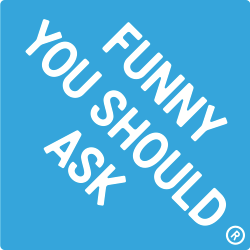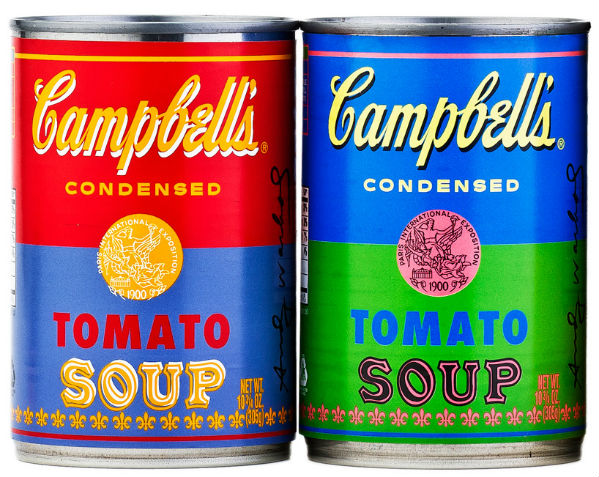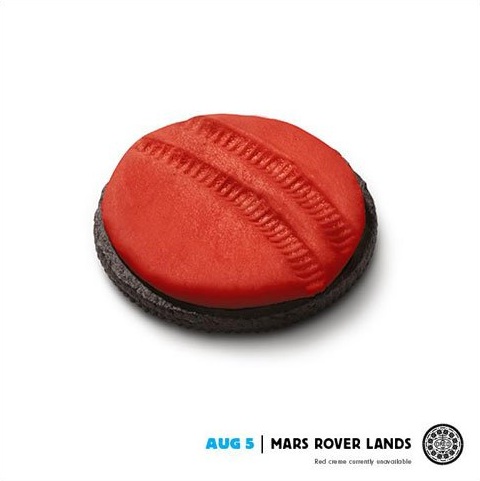Welcome to Detroit from Shinola on Vimeo.
This is a nice post by Edward Boches covering Shinola, a brand I myself just recently came across flipping through Men’s Style on Flipboard (ehrm), and how well they build their brand (so far).
What’s noteworthy is that this is not about building a brand in a new way, often including opinions around the death of TV, the insanity of bought media and extinction of print. And it’s not a case of proving how traditional advertising still works. It’s about how modern brands understand it’s not either/or, it all compliments each other, and that the most powerful thing is to have a purpose, and hence story, beyond – but not irrelevant to – the commercial interest.
This isn’t about going viral or driving millions of views, rather it’s more about telling the brand story, providing easily embeddable elements, and building a library of content that doesn’t feel as disposable as most advertising.
– Boches
The thing with advertising being disposable and, in general, increasingly being disliked, distrusted and enjoying less acceptance is an interesting one. It’s not just that there’s more and more bad, lazy, poorly crafted advertising speaking in a voice that’s disconnected from reality, it’s that there’s often not much of a counter weight.
Advertising, at least as we tend to narrowly define it today, should be no more than a byproduct (and certainly not the sole product) of a commercially curious creative company.
People are ad literate enough to understand how advertising works – polished by agencies, constructed and often exaggerated – but if that’s all a brand is going to serve, then screw you. If a brand opens up and shows a greater depth, signs of being in sync with society, people, vision, reality, you are much more likely to enjoy a greater acceptance to your advertising.
Think about a great brand experience you’ve had, and how that affects your perception/acceptance of their advertising. That’s brand experiences in a broader sense.
Increasingly, to get meaningfully noticed is through delivering on the unexpected and over-delivering on the expected. Not very advertising centred, but very much commercial creativity.



